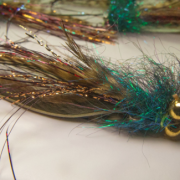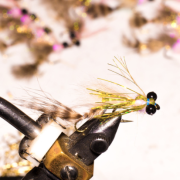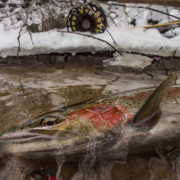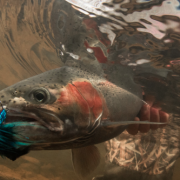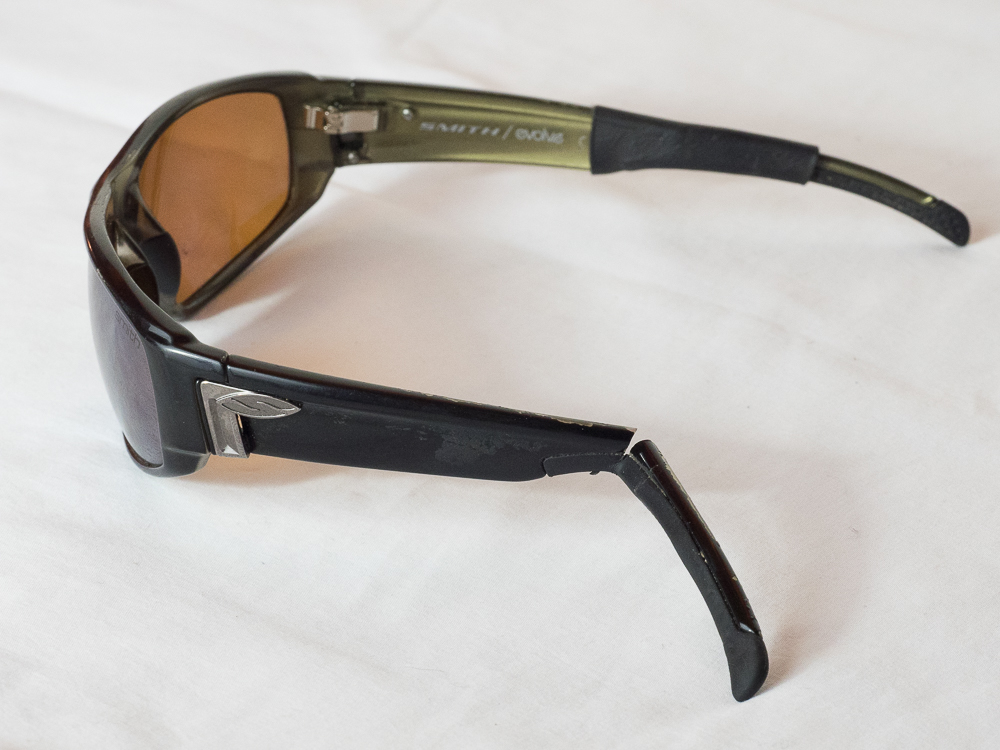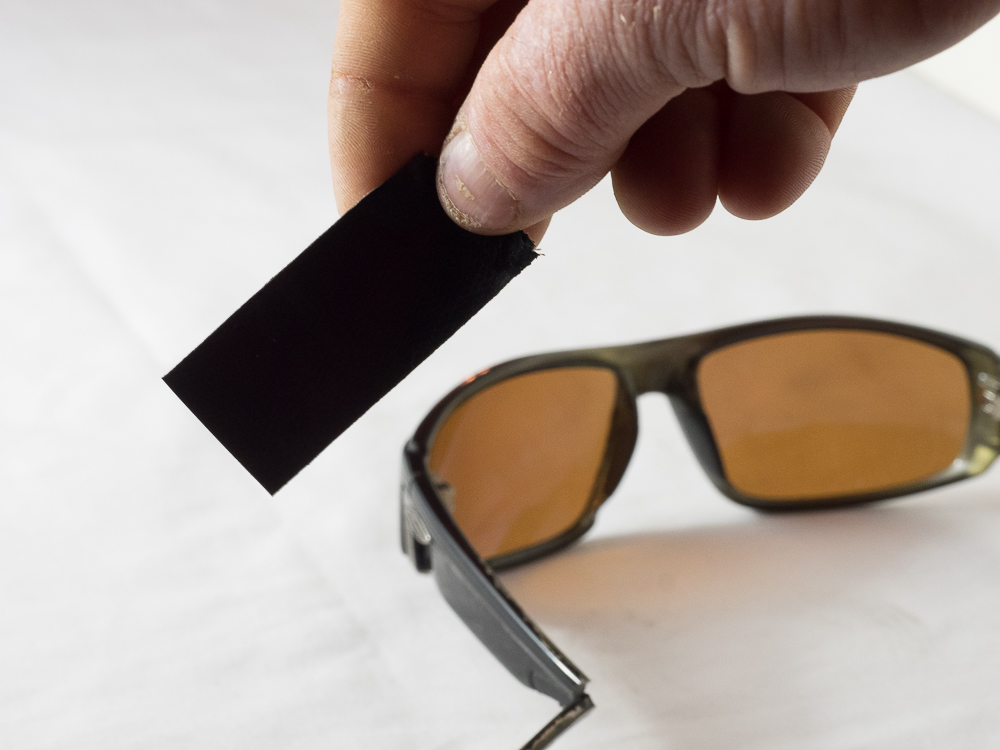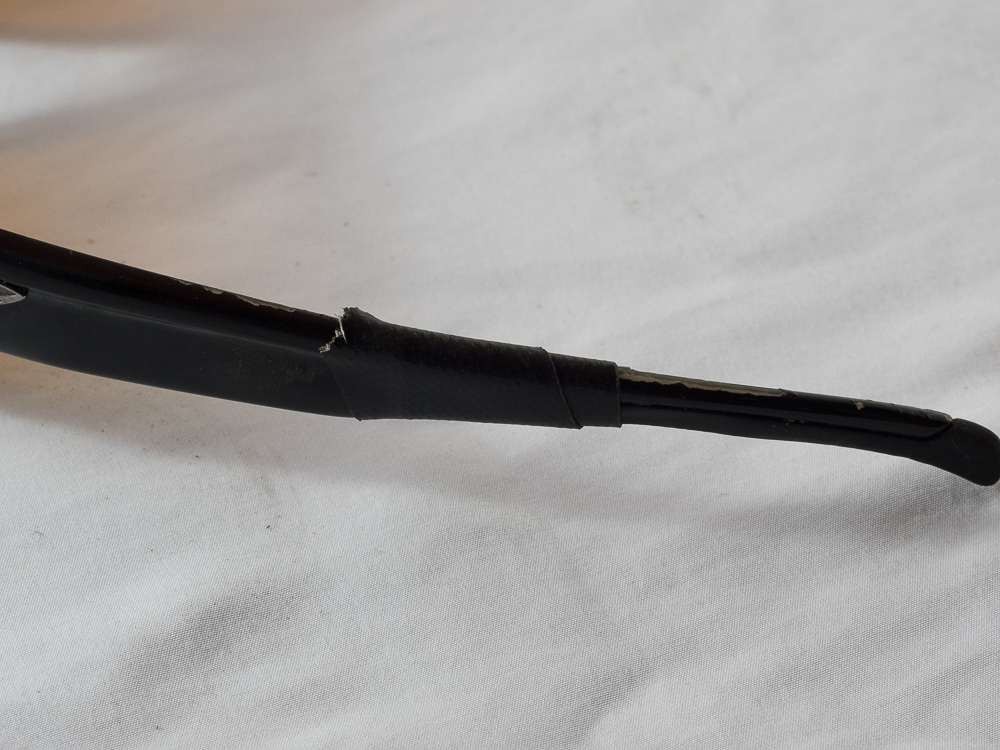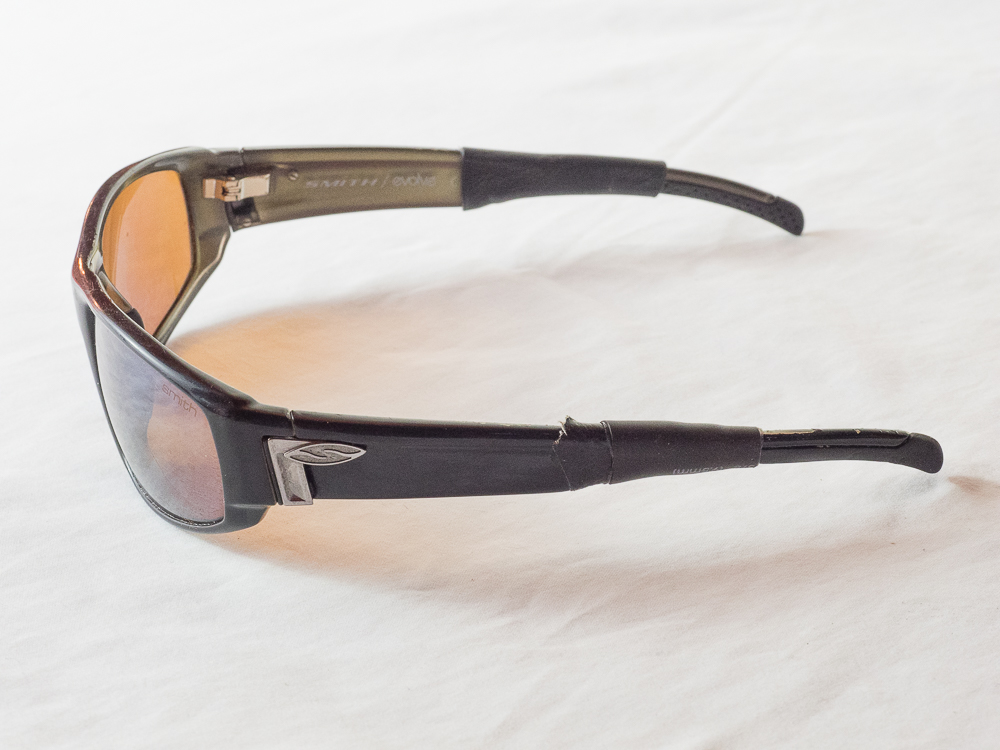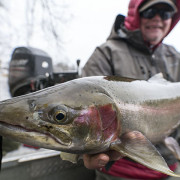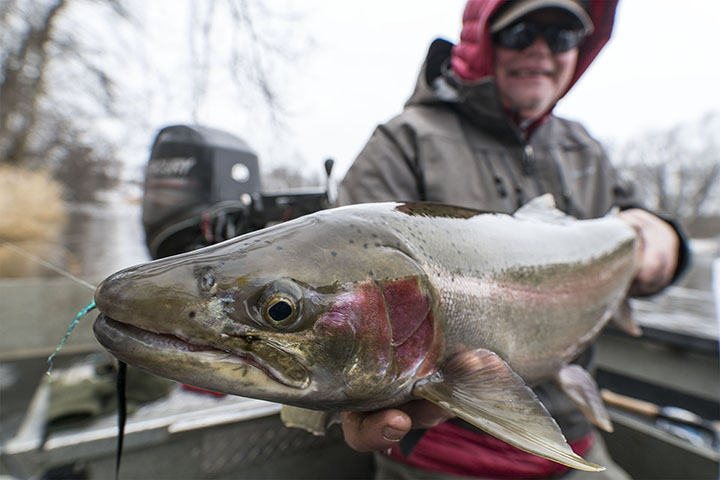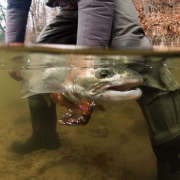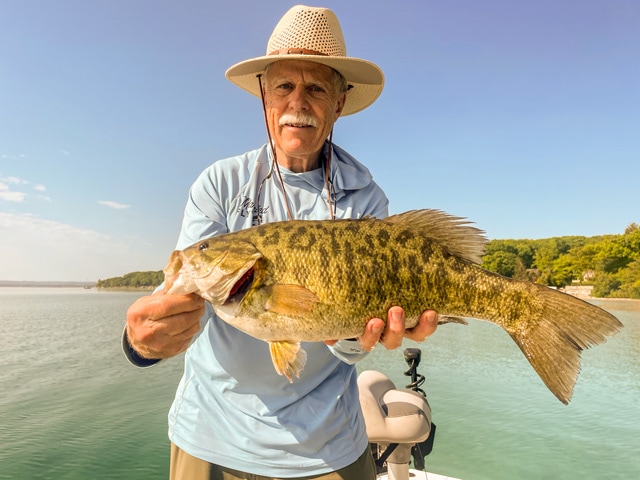Anyone who knows me knows that I am not a gear head. I have enjoyed being a member of Scott’s pro staff for more than a decade but will always give you an honest opinion about any given model of Scott rod if you ask. They have made many models of fly rod, and I have owned a lot of them. Many of them–but not all–have been rods that I like. Furthermore, as a guide, I have had the ability to cast a lot of different rods by other manufacturers. This is due to the fact that clients are always bringing their own rods into the boat. In this day and age, it is more difficult to find a truly bad rod. It is even more difficult to find a truly great rod that sets itself apart from all the other choices. To me, a rod has a couple of hoops to jump through to be a truly great rod. The two questions I ask myself are:
1) Is the rod versatile or is it limited in function?–This question is something that each person needs to ask when they purchase a rod. Some rods are great for dry flies, some are great for streamers, etc. Very few can do it all.
2) The second questions that I ask about a rod is something that is more apparent to a fishing guide. That question is “Is this rod durable?”. If you use a rod or reel a reasonable amount during the course of the year, and pack it and dry it after each use, you are not likely to test the limits of durability of your stick. As a guide, rods see constant use and exposure to the elements. It is blatantly obvious over time which rods are consumer grade and which are really meant to last.
There is a rod that has hit the market over last couple of years, the Scott Radian. I am happy to write this brief review that confirms that the Radian is indeed a great rod. It is more than adequate at most tasks, in fact, it is downright awesome at many of them. Furthermore, it is an extremely durable rod. Because of its versatility and its durability,I strongly recommend this rod to anyone looking for a new fly rod for fishing in Midwest waters.
I can’t recommend ever putting your fingers this close to a musky!
Here is a breakdown of the Radians that I have used extensively and a little breakdown on the performance of the rods.
Radian 908/4: This is a great heavy duty freshwater rod. It pairs with 200-300 grain sink tips, and can cast large flies better than many 9 weight rods. It is a good steelhead rod but is also a really nice smallmouth rod. When over lined, it becomes a popper fishing machine. Recently, I took this rod musky fishing alongside of 9 and 10 weight rods. I found that I put the heavier rods away and just fished this one. It was capable of casting the large flies and putting the wood to large toothy ones. I dream of the day that Scott builds the Radian in a 9 weight, but for now this is a great alternative.
Radian 907/4: This is a great streamer/smallmouth rod. As a seven weight, it is more of a niche rod for freshwater use. It is at its best with a floating line for smallmouth fishing or a 200 grain sink tip for below surface work. A good smallmouth rod needs to be able to cast a tight loop, so that flies don’t catch overhanging trees while fishing from the boat. This rod fits the bill.
Radian 906/4: Hey, I am not in the retail business, and wouldn’t typically say this. However, the 906 Radian is one of the finest all purpose freshwater rods for a Michigan angler. I own a few of these; they are my bread and butter guide rod. They are also the rod that can do just about anything you could ask while fishing for trout and smallmouth bass. This rod can cast a dry fly delicately. It has a very satisfying feel when it loads and is equally at home with a sink tip and short leader. It also roll casts nymphs and weight with ease. I don’t think it would have a problem with light duty steelhead fishing for that matter.
When I go out and fish on my own, the 906 is the rod that I always grab. The Little Muskegon River runs behind my house; it is a fair trout stream and a good place to catch smallmouth. Often times I will work my way upstream casting dry flies for trout in the riffles, only to turn around and fish heavy crayfish patterns on the way down for smallmouth. This rod handles both of these tasks easily and enjoyably. It is available with or without a fighting butt, which is a nice option to have. I always use the model with the butt attached, but you may prefer the other option.
Radian Spey 1308/4: I received this rod a few weeks ago. Aesthetically, it is a cool looking rod with orange wraps and an unsnapped blank. When I first put it together, I was a little bit concerned because it is a pretty stiff blank. I have had several shooting head rods with apparently similar action, and really didn’t like them. All this skepticism was put to rest upon the first cast of the rod. It has a great, muscular feel and casted an intermediate skagit line and a scandi head with equal ease.
OK, so these rods are great fishing rods, and they have a great deal of versatility. But how well do they hold up? I can’t guarantee this, but I am pretty sure that they know my name at the Repair Department of Scott Fly Rods. There have been years that I have sent back 15 or more broken rods in a single year. Guiding in the Midwest is inherently hard on equipment. This is especially true when you make your living casting flies with lead eyes through much of the year. Since receiving several of the Radians, not a single one has broken in over a year of heavy use (this is the main reason for this favorable review). They are heavily reinforced as is apparent on the blank. This includes fishing in all sorts of heavy and extreme weather, and being pelted by weighted eyesand split shot. I watched helplessly as a Radian was crushed by the weight of a robust angler. Somehow, the rod survived.
Due to their great performance and durability, I can recommend the Scott Radian line of rods to any Midwest angler. The 6 weight is a star and if you are looking for a fantastic, premium, all around rod, this is the best option I have seen. The other models, including the spey, are equally impressive. The versatility and the durability of the Scott Radians makes them an extraordinary series of fly rod.
Kevin Feenstra

